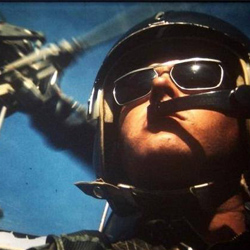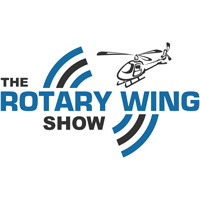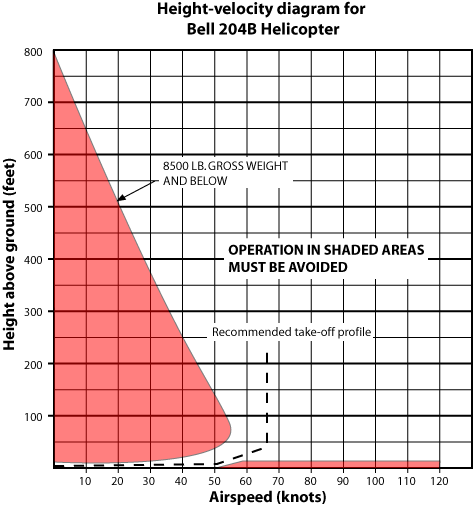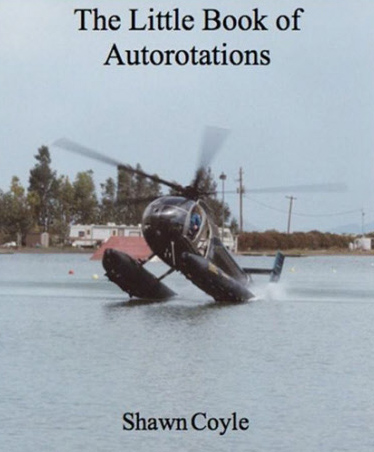Podcast: Play in new window | Download
Subscribe: Apple Podcasts | RSS

From the outback of northern Australia, to the jungles of Vietnam and the mountains of Papua New Guinea and Nepal – plus much of the US, time in the Philippines, Columbia and Russia, David Earley is one well travelled helicopter pilot.
Along the way he has held almost every position from line pilot to a helicopter company CEO overseeing $47 million in annual revenue on some of the largest Australian government helicopter contracts. He is also a licensed A&P mechanic.
David started out flying the Bell 47 in the Australian Army during which time he spent 12 months at war in Vietnam as a scout pilot. Post-war David held a number of positions in the Army before moving to JAARS where he spent 15 years in PNG and the US.
His duties here not only included providing support to remote teams in the PNG highlands but the standing up of a helicopter training school and check and training.
From here David held a number of roles leading to the position of CEO of Reef Helicopters which became Australian Helicopters. All of which is covered in his book ‘Beneath Blades – Flying at the ends of the earth. A pilot’s journal‘.
Having read the book I can tell you that it’s a great collection of aviation tales and helicopter adventures. Aswell as being an entertaining read there is also a lot in it for the professional aviator in terms of safety culture, operational pressures and aviation management stressors.
Podcast: Subscribe in iTunes | Play in new window | Download
In this week’s episode:
01:40 Hosting Rotary Club for dinner in the Aeropower hanger
03:15 David Earley background
05:10 Nav training and mental arithmetic drilling
06:30 Book – ‘Beneath Blades’ http://dhearley.com/
08:40 Tim Fisher, Deputy Prime Minister wrote the Forward
10:00 Night touchdown autorotations at RAAF Amberley
12:55 Survey work in Northern Territory + wife Nancy
15:50 Employee crash due to overloaded helicopter and spouse breakup
18:10 Companies addressing touring/home issues / critical manager skillset
21:30 Nancy’s flying experience
23:56 Vietnam and scout role in the Bell 47 Sioux
25:05 First Australian pilot to fly the Kiowa
25:30 Kangaroo vinyls stuck on US helicopters and helmets
30:15 Night flying under Porter flares
28:20 Grenade + drop toilet
33:13 JAARS – in-house aviation department for Wycliffe Bible translation service
34:30 Check and training for remote single pilot ops
37:45 Tackling a village elder to stop approaching tail rotor
39:25 Cultural training and differences
47:38 Aviation culture, within companies, people, impacts
51:53 Coming in to be unpopular in some roles to effect change
52:30 Conforming to the norm – can be good or bad
54:33 Importance of initial training as a foundation
59:10 Personal integrity
1:02:30 Engine overhauls and seeing pilot behaviour impact
1:05:20 What pilots need to know about company manager/executive priorities/limitations
1:08:35 Private equity ownership of helicopter companies
1:10:28 Book ordering details
1:11:10 Episode Sponsors trainmorepilots.com
Links from this week’s episode:
Beneath Blades book website
Beneath Blades Facebook page
World Helicopter Day
An idea of the terrain in PNG
[leadplayer_vid id=”5548B9CB7AAFF”]
Note the red kangaroo sticker on the US cobra placed there during David’s rotation with them in Vietnam.
Some of the pilots
Posted by Beneath Blades: Flying at the Ends of the Earth on Thursday, October 31, 2013
Be part of the conversation and get involved in the comments section below. What questions do you have about David’s interview?



